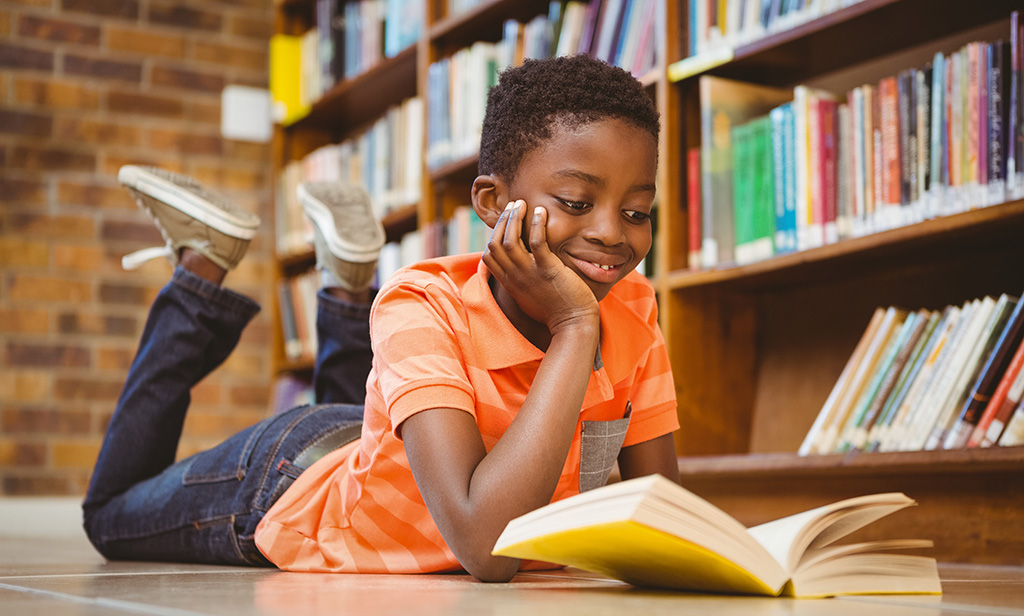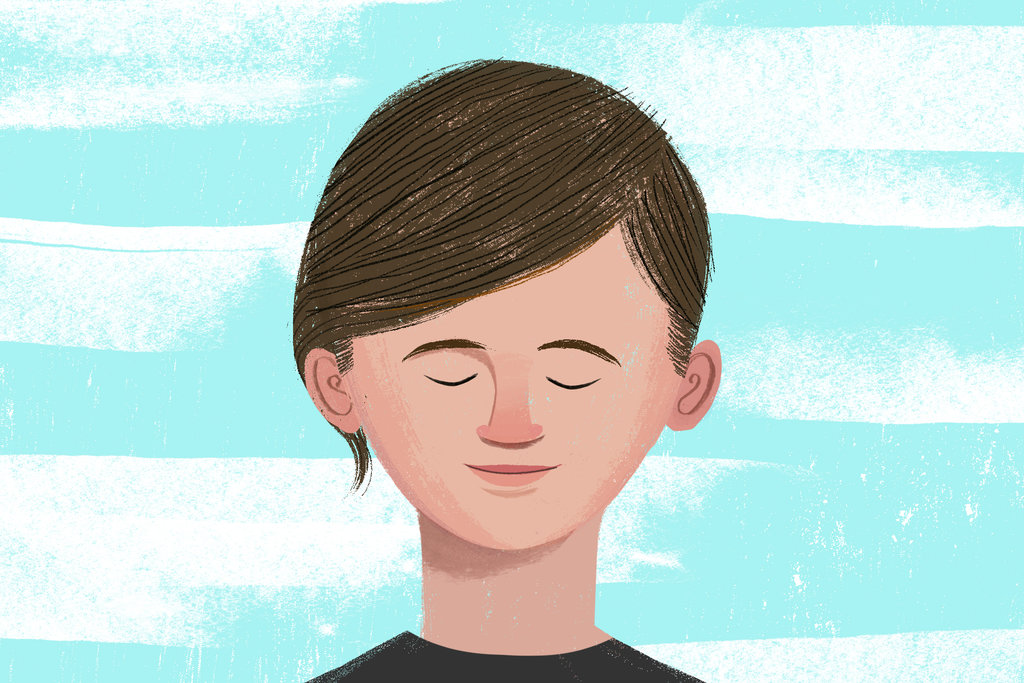Photo by The New York Times
Mindfulness is the art of remaining grounded and entirely focused on the present, avoiding being caught up in the chaos and distractions of the outside world. It is quite an essential skill for living a happy, healthy, and fulfilling life. Practicing mindfulness helps us approach life calmly and clearly rather than feeling overwhelmed or reactive. However, this is mostly relevant for adults. But what about kids? In today’s day and age, when things are certainly very different from how it was even a few years ago, how do you teach mindfulness to kids? What kinds of mindfulness activities for kids are available?
If you want to get a few ideas about mindfulness meditation to engage your kids, then keep on reading!
What is mindfulness for kids?
Just like adults, children can also benefit from mindfulness. In fact, mindfulness helps them manage stress and negative thoughts and build confidence. Kids can understand and apply mindfulness principles easily because their minds are more flexible and less programmed. They actually pick up the basics of meditation activities rather with ease. And they are also almost always willing to learn something new.
Why teach mindfulness to kids?
Mindfulness activities can help kids find their inner calm in moments of chaos and pressure, and it is significant for their overall growth. Mindfulness meditation helps them so they can respond accordingly before reacting to any difficult situation negatively. Mindfulness is a powerful tool that can help them manage stress. By processing their experiences and detaching from the stressors, kids can learn to let go of the negative emotions that often accompany stressful situations. Equipping children with these skills at a young age can help them grow into confident and emotionally resilient adults who are able to focus, manage their stress, and excel in their studies and activities.
With mindfulness, kids can learn to detach from the meaning they have attached to stressful experiences, allowing them to better manage their emotions and maintain a sense of balance and calm in their lives.
It is never too early to start teaching kids the importance of mindfulness and meditation, and the positive impact it can have on their mental and emotional health. However, it is essential to find activities that kids of all ages can easily practice and relate to without making it a task. Make it simple, make it engaging, and above all, make it fun.
Benefits of mindfulness for kids
Mindfulness benefits are many and multifold.
- Enhanced sleep schedule
- Increased focus and attention to detail
- Increased self-control and calmness
- Improved classroom and group participation
- Improved ability to resolve conflict and not react to difficult situations negatively
- Increased compassion
- Improved academic performances
- Decrease stress levels and anxiety
- Helps prevent disruptive behaviors
- Overall improvement in physical and mental well-being
10 mindfulness activities for kids
1. Practicing gratitude and appreciation
One way to teach appreciation is by helping kids learn how to give thank-you cards. Even if they don’t have writing skills yet, you can write it for them or have them draw a picture to express their gratitude. When loved ones give them gifts or show up for special events like birthdays or school recitals, encourage them to make a card or write a letter to say thank you. Another great way to teach kids to show gratitude is by volunteering in the community. Teach them appreciation through action. By taking action, we can all learn the importance of appreciation and make a positive impact on those around us. Also, words like “please” and “thank you” are absolutely foundational.
2. Words of affirmation
We all know the effect positive affirmations can have. Positive thinking is a powerful tool. And words of affirmation do wonders for kids and help them learn to value themselves from a very young age. Words of affirmation shape their young minds and make them understand that their feelings are valid. They also immensely boost kids’ self-esteem and shape them to be confident adults. Positive affirmations can also teach them how to redirect negative thoughts into more positive ones.
Some words of affirmation that can help kids grow:
- I am confident
- I am worthy
- I am beautiful and strong
- I am important and special
- I am brave
- Every problem has a solution
- My brain is powerful
- My voice matters
- I believe in me
- My happiness is up to me
- I can do anything
- I can make a difference
- I am loved
- I am happy
- I am grateful for my family
- Life is beautiful
3. Visualizing your happy place
This is a very simple exercise. It basically involves letting your kid intentionally use their imagination to create their happy place. It can be anything. We all know how vivid kids’ imaginations are. By focusing on their intent for visualization, this exercise can help them be in the present moment and help them relax. This exercise also helps them boost their creative corners of the mind.
4. Food savoring exercise
When you give your kids a treat or food that they most enjoy, you can turn this moment into a simple mindfulness activity. Motivate them to savor their treat slowly by taking the time to enjoy and notice every bit of taste and texture. The goal is to encourage them to focus their attention on the present moment and experience the food in front of them. This exercise can help kids become more aware of the sensory experience of eating and also improve their focus and attention a lot.
5. Glitter magic
Kids love glitter. In fact, let’s just agree that we also loved them when we were kids! I still love them even though the cleaning afterward is a hassle. But that should not deter you from handing your kids some jar. It is a very simple yet tactical mindfulness activity to increase kids’ concentration power as well as to help them calm down. Have them shake up a glitter jar and then encourage them to watch the jar and breathe as the glitter settles down at the bottom of the jar.
6. Paying attention to your surroundings
Mindfulness activities for kids do not have to be complicated. Sometimes, it can be as simple as encouraging kids to slow down and pay attention to their surroundings. This can be true for adults as well. This comes in very handy, especially during troubling moments. Ask your kids to close their eyes and pay close attention to all the sounds, smells, voices, and other sensations in their immediate surroundings. The idea is to focus on the experience and allow it to flow naturally. This can have a brilliant effect on the kids’ minds, teaching them the power of focus and also increasing their ability to accept.
7. Inculcating reading habits

Books are the path to imagination. They are our best friends. Inculcating reading habits in kids helps them to let their creative minds flow, as well as tremendously strengthening the power of vocabulary, sentence construction, and creative thinking. And there are dozens of kids’ books that also teach mindfulness. And let’s all agree that the world is a better place with books in it!
I recommend The Very Hungry Caterpillar by Eric Carle, Noddy by Enid Blyton, The Velveteen Rabbit by Margery Williams, and Panchtantra Tales for toddlers and pre-schoolers (2-5 years), Matilda by Roald Dahl, Charlotte’s Web by E.B White, and Alice’s Adventures in Wonderland by Lewis Carroll for young kids (5-7 years) and Peter Pan by James Barrie, Joeming W Dunn and Andy Mangels, Harry Potter by J. K. Rowling for tweens (8-12 years).
8. Teddy bear breathing
Teach your kids how to have slow, mindful breathing. Have them lie on the floor with their favorite stuffed animal and put the stuffed animal on their chest. Ask them to take slow, deep breaths and watch their stuffed toy move up and down with their breath patterns as if they are rocking their toy to sleep.
9. Bubbles blowing
Didn’t you love blowing bubbles when you were a kid? Nothing quite clears the mind and increases deep breaths and concentration like bubble blowing. Have them blow bubbles, and then watch how far the bubbles go before they pop. This is also a mindfulness activity that you can do together with your kid.
10. Mindfulness writing prompts
Kids can often have a hard time writing down their thoughts or coming up with ideas for what to write about in the first place. Encourage them to write about prompts like “If I had three wishes”, “Three good things that happened today”, or “Things that made me happy today (or sad, or angry), or about their favorite things that could be their favorite people, animals, places, food, games, colors, anything. These are thought-provoking and can strengthen their attention to detail and validate their feelings.
Conclusion
At the end of the day, kids are simple. Just listen to them, encourage them to be themselves, and have a calm down corner in your house or school, and let them know that they matter, and so do their feelings.















